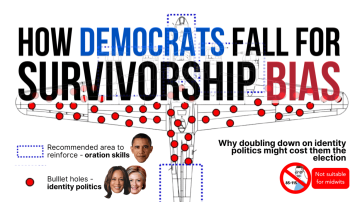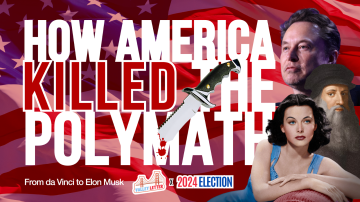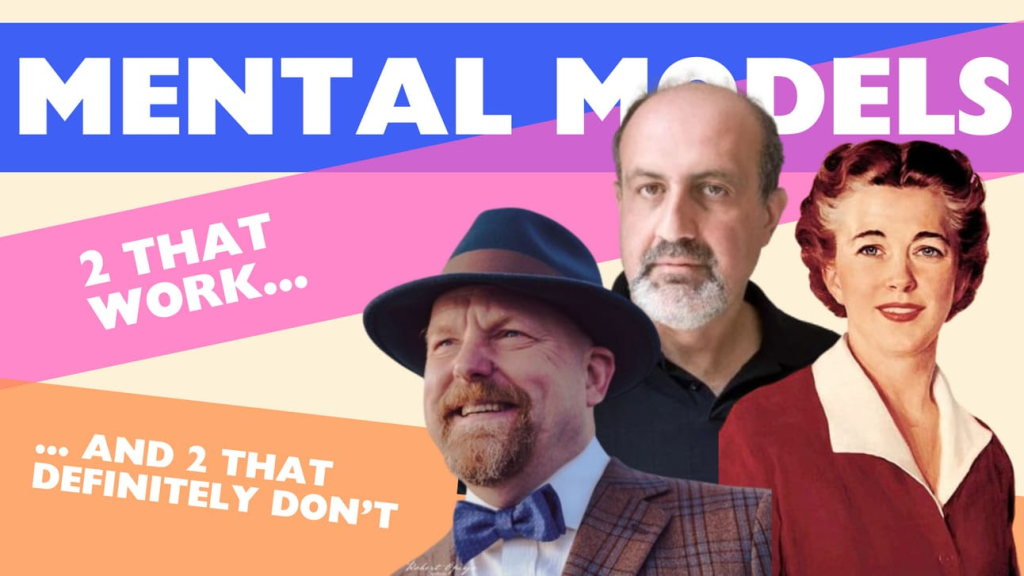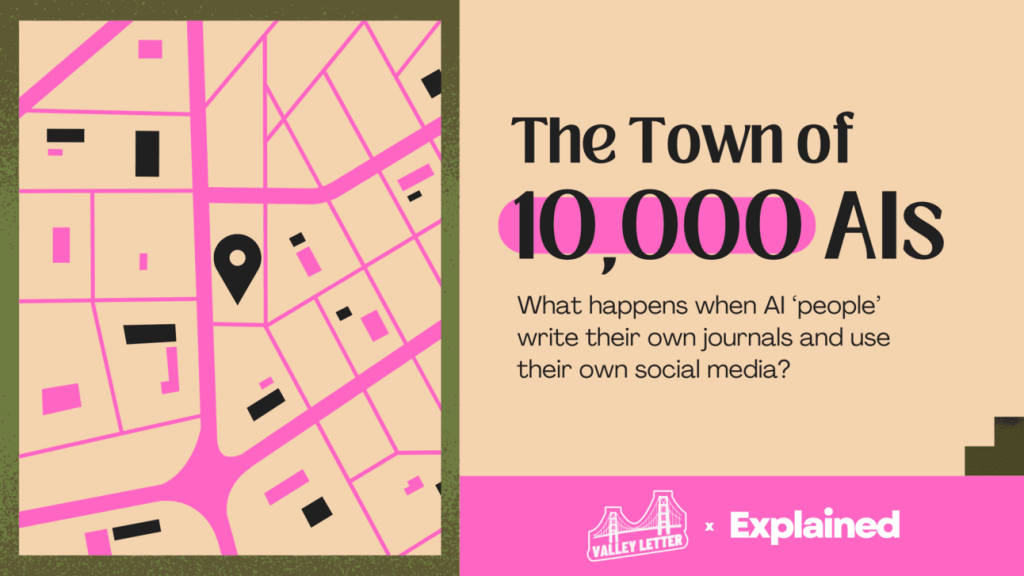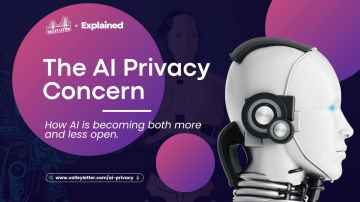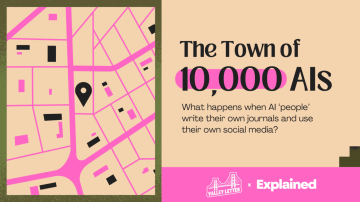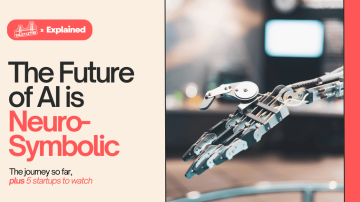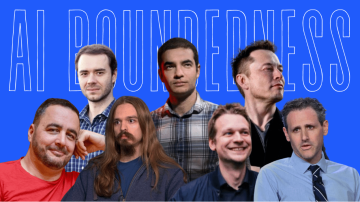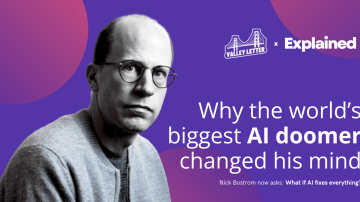Welcome to the world of “The Singularity is Nearer”
Published last month, Kurzweil’s follow-up to his acclaimed ‘The Singularity is Near’ is as optimistic as ever — and honestly, he has even more reason to be than he did almost 2 decades ago.
In the pursuit of his AI research at Google, he’s become convinced that humans will merge with AI by 2035.
Picture a man in colorful suspenders and a 40-year-old Mickey Mouse watch — that’s Ray Kurzweil. He’s also a famous inventor, engineer, and futurist, who’s been preparing to merge with AI since 2005. While his ideas seemed like pure science fiction at the time, we’re already seeing them come true.
It all started when, at the age of 6, Ray decided to become an inventor. He collected parts from construction toys and old electronics, and was experimenting with robots by the time he turned 9. He became involved with computers at the age of 12, in the 60s, when only a handful of computers existed in the whole of New York City. He started building his own devices, and at 15 he wrote his first computer program.
While still in high school, Kurzweil created a type of pattern-recognition software that could analyze the works of classical composers to create its own songs. His invention won first prize at the International Science Fair and he even appeared on CBS, playing a piece his computer had composed.
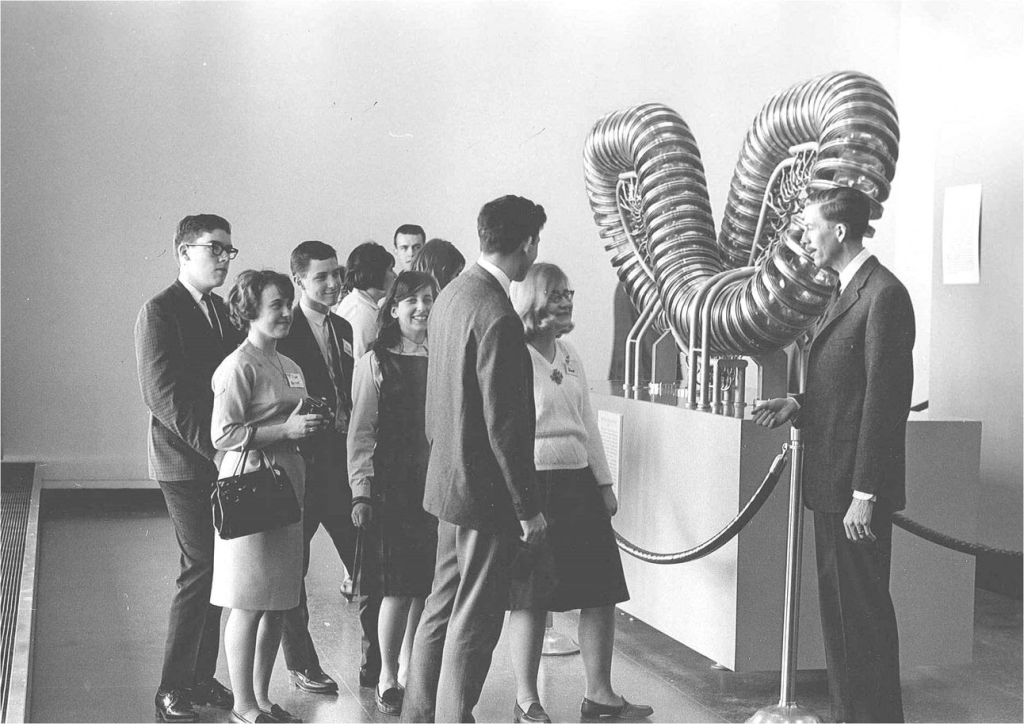
During high school, Kurzweil also became pen pals with one of the Fathers of AI, Marvin Minsky, and subsequently went to MIT to study under him. While there, he created a program that matched high school students with colleges and sold it for almost $1M in today’s money.
Since then, he’s built companies around everything from speech recognition technologies to music synthesizers But Kurzweil really started attracting attention in 2000, when he began writing a series of books predicting the future
His main predictions:
- AI will be as smart as humans by the end of the 2020s
- Humans will merge with AI by 2035: aka the Singularity
And if he was right once, it stands to reason that he could be right again. Here are the 6 predictions he makes in his latest book.
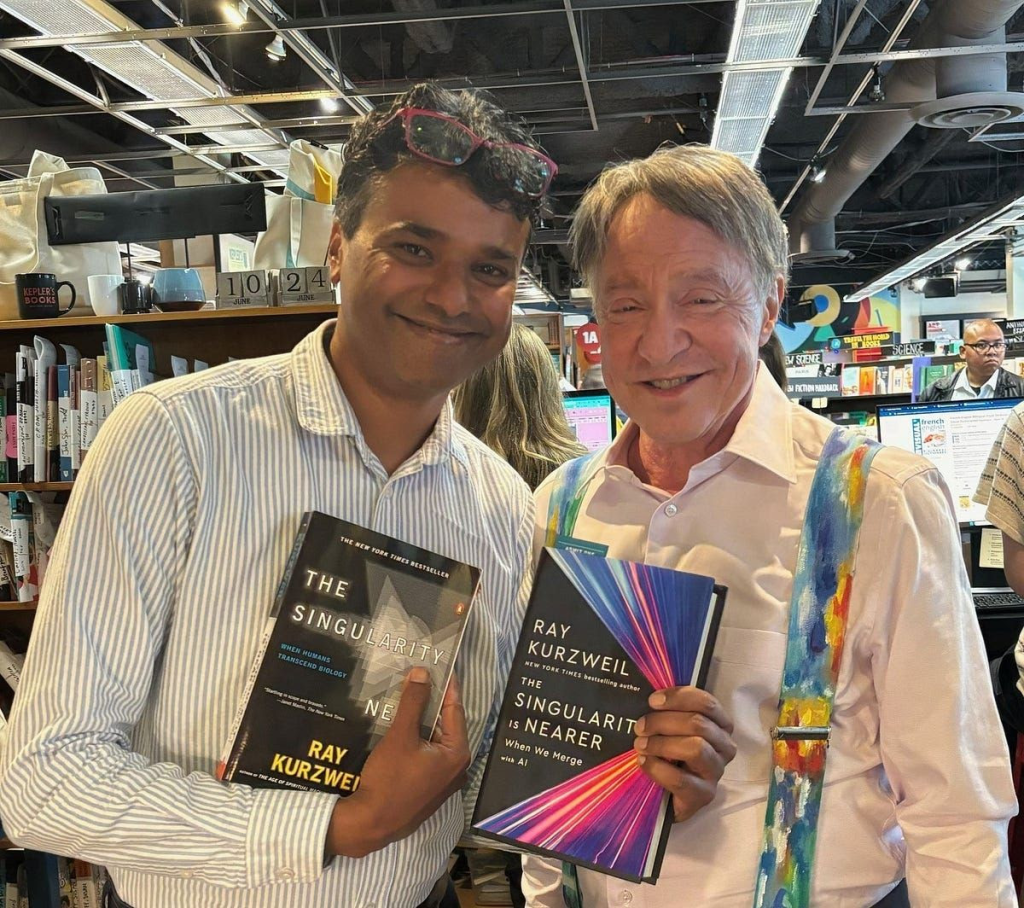
There’s no hard limit to human lifespan
Only one person in human history has ever lived past 120, a French woman who lived to the age of 122. It’s thought to be a ‘hard limit’ for the natural human lifespan.
But Kurzweil says it doesn’t have to be.
Nanobots are a popular proposal for a solution. This is the idea that microscopic robots could be employed in the body of every person to make repairs and reinforce the body’s natural infrastructure as it deteriorates with age. Kurzweil, however, suggests a Cloud backup, where a person’s consciousness could be uploaded to and stored in a digital form.
The hard part is lasting long enough for tech to catch up
Kurzweil says if you live to 2035, there’s no reason you can’t live forever. He reckons that once we have AGI, the Singularity is just around the corner, and humans will be able to preserve their consciousnesses digitally and effectively ‘merge’ with AI.
Understandably, Kurzweil’s putting a lot of effort into sticking around long enough to see the Singularity he’s been anticipating for almost two decades. He takes 80 pills a day — believe it or not, that’s down from a whopping 200 back in 2008. And, like other longevity-focused individuals like Bryan Johnson, he carefully monitors his health & wellness.
There’s a similar mentality for those anticipating a nanobot solution to human aging. The thought there is that, once the first breakthroughs extend human life beyond the 120-year threshold — even if it’s only by a few years — the incremental improvements to this tech over time will create exponential growth in human longevity.

AI will be a poet by 2032
Interestingly, Kurzweil doesn’t think having AGI by 2030 will guarantee it’s a great artist. He thinks humans might still dominate that field for “a few more years.”
Generally, he sees the future of art as a collaboration between human and computer minds. It’s a very different perspective than what we’re used to seeing at present, with generative AI ‘taking over’ the task of creating visual art and videos, alongside fiction, non-fiction and song writing. In Kurzweil’s vision of the future, humans will merge with AGI, enhancing all of our abilities — including creativity and artistic skill.
”We’ll all have superhumans within our brains”
That brings us on to the broader point of Kurzweil’s predictions. The way he sees it, we won’t be coexisting with AGI — we’ll be merging with it, evolving as a species to integrate it into ourselves.
Instead of outsourcing everything we do to a superintelligent AI, we’ll have new “superhuman” capabilities to do the things we want to do ourselves, alongside large-scale AI-powered automation to take care of the things we don’t want to do, like repetitive manual labor and dangerous tasks.

We’ll survive the transition — but it might cause WW3
One of Kurzweil’s only brushes with negativity is when he acknowledges how humanity might handle — or, rather, mishandle — the transition to AGI. He expresses how periods of technological transition are always challenging; they create new risks and uncertainty and upend established norms.
There is also the possibility that new technologies will be misused, and a balance must be struck between regulation and progress. Otherwise, we could end up starting World War 3.
Ultimately, however, Kurzweil argues that with the added intelligence of AGI we stand a good chance of navigating this period of transition effectively.
Humans are fundamentally good
I have to end on a positive note, because Ray Kurzweil is unbelievably optimistic. Here’s a quote of his that sums up how he feels about humanity:
“Out of all of this turmoil, we’ve gotten technology, which never would have happened without brains combined with opposable thumbs. Good things happen.”



